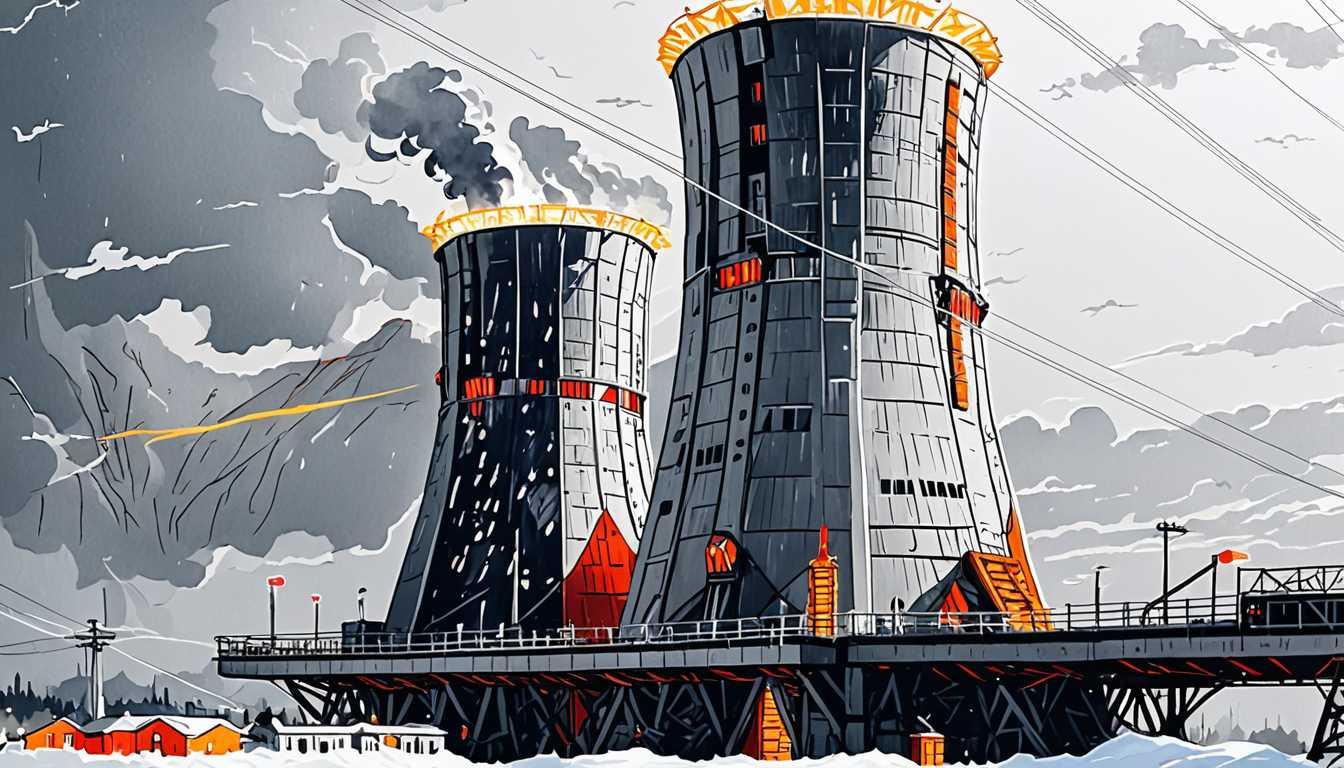AI's Energy Gluttony: A Climate Conundrum
May 2024
MIT Technology Review
Introduction
Did you know that artificial intelligence is more energy-hungry than your average dinosaur? Dive into the article "AI is an energy hog. This is what it means for climate change" from CellImage to uncover just how much power these tech giants consume and what it spells for our planet. With a mix of fun facts and serious implications, this read is a must for anyone curious about the intersection of technology and sustainability. Get ready to be amazed!
READ FULL ARTICLEWhy It Matters
Discover how this topic shapes your world and future
The Power and Responsibility of AI Energy Use
Artificial Intelligence (AI) is transforming our world in amazing ways, from personal assistants to self-driving cars. But have you ever thought about the energy it takes to run these technologies? As AI becomes a part of our daily lives, it’s essential to understand its electricity demands and their impact on our environment. Interestingly, the energy used by AI can be as much as powering small countries! This raises significant questions about how we balance technological advancement with sustainability. While AI can help us solve problems, it also presents challenges, like increased carbon emissions from energy use. Understanding this balance is crucial as we navigate our future, especially since you're growing up in a world where technology and climate change are closely linked.
Speak like a Scholar
Electricity Demand
The total amount of electrical power needed at a given time. As technologies like AI grow, so does the need for electricity!
Carbon Footprint
The total amount of greenhouse gases produced directly or indirectly by an individual, organization, or technology, usually measured in units of carbon dioxide (CO2). Understanding the carbon footprint of AI helps us assess its environmental impact.
Data Centers
Facilities used to house computer systems and associated components, such as telecommunications and storage systems. They are crucial for processing AI tasks but consume a lot of energy.
Renewable Energy Credits
Certificates that represent the environmental benefits of generating renewable energy. Companies buy these credits to offset their carbon emissions and claim they are using renewable energy sources.
Efficiency
The ability to achieve a goal with the least waste of resources, including energy. Improving AI efficiency means it can perform tasks while using less electricity.
Sustainability
Meeting our own needs without compromising the ability of future generations to meet theirs. It's about balancing technological growth with environmental health.
Independent Research Ideas
Investigate the Carbon Footprint of AI Models
Explore how different AI models vary in terms of energy consumption and emissions. This can reveal which approaches are more sustainable and why.
The Role of Data Centers in Global Energy Demand
Analyze how the growth of data centers affects worldwide electricity use and examine potential solutions for making these centers more energy-efficient.
Renewable Energy Solutions for AI
Research innovative ways AI can help optimize renewable energy production and distribution, potentially reducing its own carbon footprint.
Comparative Analysis of AI vs. Traditional Technologies
Compare the energy demands of AI technologies with those of traditional computing tools, assessing which is more sustainable in various applications.
AI in Climate Change Mitigation
Explore how AI can be used in environmental monitoring and climate change solutions, such as improving energy efficiency or predicting energy needs for cities.
Related Articles

Three Mile Island: A Nuclear Comeback Story
September 2024
MIT Technology Review

AI's Energy Crisis: Powering the Future
December 2024
MIT Technology Review

Cooling Chaos: How AC Affects Our Grid
August 2024
MIT Technology Review

Unlocking the Underground: Carbon Storage Secrets
June 2024
MIT Technology Review

Fashion's Climate Stitch-Up
August 2020
McKinsey & Company